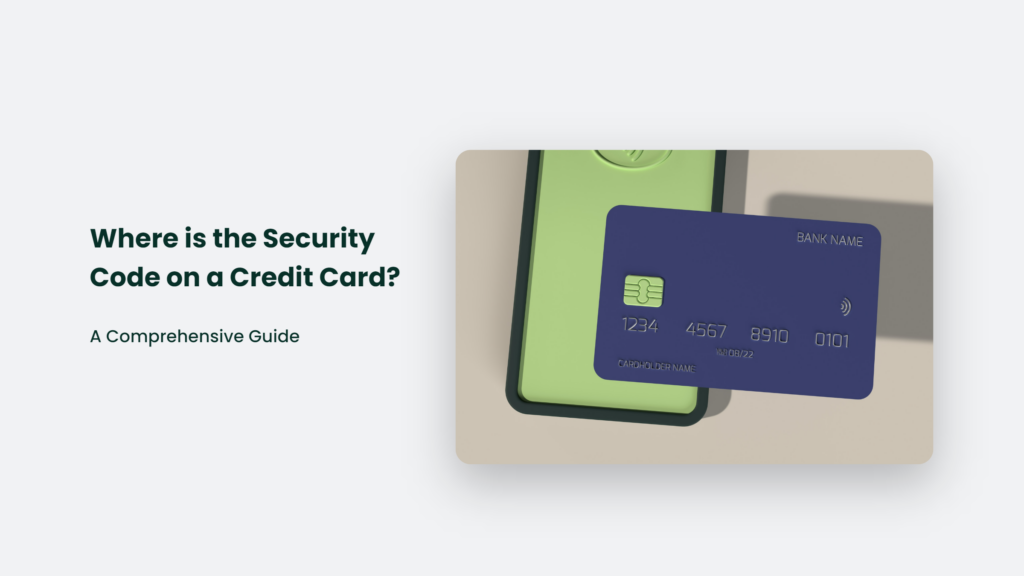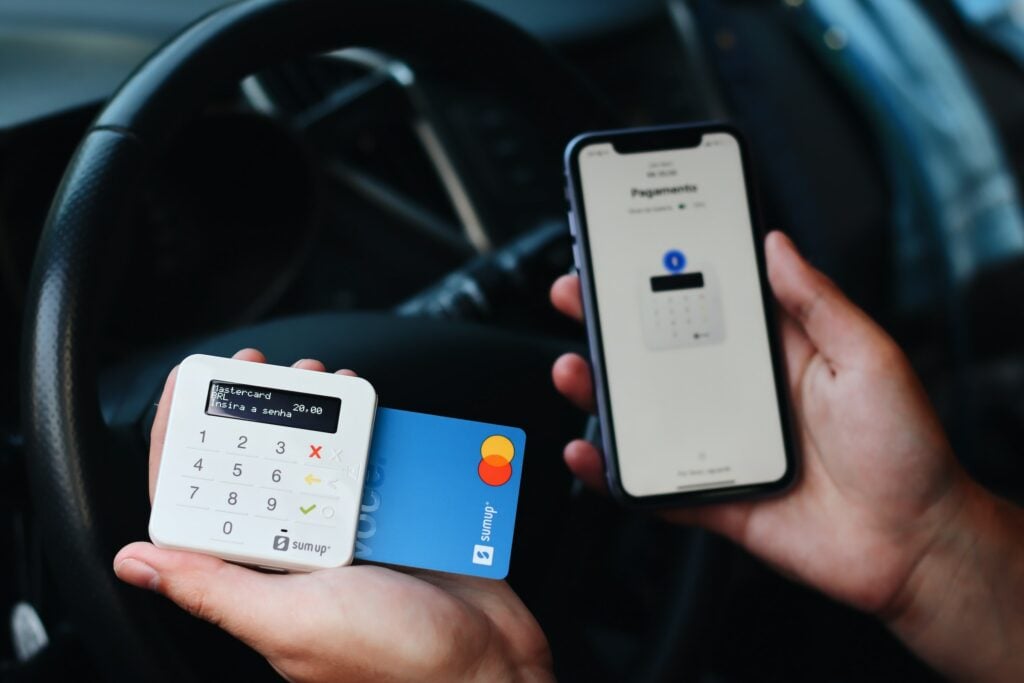Ahoy, mateys! Are you ready to embark on a thrilling adventure to uncover the hidden treasure that is the security code on your credit card? Fear not, for this guide will help you navigate the treacherous waters of credit card security and ensure that your precious cargo remains safe and secure. So, let’s get on to find out where is the security code on a credit card.

The Mysterious Security Code: What is it and Why Does it Matter?
The security code, also known as the Card Security Code (CSC), Card Verification Value (CVV), or Card Verification Code (CVC), is a 3- or 4-digit number that is separate from your credit card number. This elusive number serves as an added layer of security to protect against fraud and ensure that the person using the card is indeed the rightful owner. In other words, it’s the secret password to your credit card’s treasure chest!
X Marks the Spot: Where is the Security Code on a Credit Card
So, where can you find this mysterious security code? The location of the security code varies depending on the type of credit card you have:
Visa, MasterCard, and Discover:
The security code is a 3-digit number located on the back of the card, usually to the right of the signature field. It is printed flat on the card, not embossed like your credit card number. It means it’s not raised and can be harder to see at first glance. You might need to tilt your card under a light source to see it.
American Express:
The security code is a 4-digit number located on the front of the card above the credit card number. Similar to Visa, MasterCard, and Discover cards, the security code is printed flat on the card.
To help you remember where to find your security code, think of it as a hidden treasure map on your credit card. Just like a treasure map, it’s not immediately obvious, but you can locate it with a keen eye and determination.
Now, why is the security code placed in different locations for different card types? The reason is that each card issuer has its security measures and protocols in place. By placing the security code in different locations, card issuers make it more difficult for fraudsters to guess or steal the information.
It’s also worth noting that the security code is not stored on your card’s magnetic stripe. It means that even if someone manages to clone your card’s magnetic stripe, they won’t have access to the security code, making it harder for them to use your card for fraudulent transactions.
In some cases, you might be asked to provide your security code when making a purchase over the phone or online. It is because the security code serves as an additional layer of authentication, proving that you have the physical card in your possession. By providing your security code, you’re helping to protect yourself and the merchant from potential fraud.
So, the next time you’re asked for your credit card’s security code, remember that it’s like a hidden treasure map on your card. With a little bit of effort, you’ll be able to locate it and use it to keep your transactions secure.
Guarding Your Treasure: How to Keep Your Security Code Safe
Now that you’ve discovered the location of your credit card’s security code, it’s crucial to protect it from would-be pirates and fraudsters. Here are some tips to keep your security code safe:
- Never share your security code with anyone: This includes not sharing it on insecure websites or over the phone. Treat your security code like a secret password that only you should know.
- Memorize your security code: By memorizing it, you won’t need to pull out your card every time you need it, reducing the chances of someone seeing it.
- Be cautious when shopping online: Only provide your security code to reputable merchants. Look for signs that the website is secure, such as a padlock icon in the address bar or a URL that starts with “https://” instead of “http://”.
- Regularly monitor your credit card transactions: Keep an eye on your credit card statements and online account to spot any unauthorized transactions. If you notice anything suspicious, report it to your card issuer immediately.
- Use strong cybersecurity software: Protect your computer and devices with robust antivirus and anti-malware software. It can help prevent phishing attacks and other threats that could compromise your personal data.
- Be mindful of data breaches: Stay informed about major data breaches and take necessary precautions, such as changing your passwords and monitoring your accounts for suspicious activity.
- Consider using a credit card instead of a debit card for online shopping: Credit cards typically offer better fraud protection than debit cards. If your credit card information is compromised, you’ll have more protection and recourse than with a debit card.
Following these guidelines ensure your credit card’s treasure remains safe from those seeking to plunder it. Remember, your security code is like a hidden gem on your card, and it’s up to you to protect it from falling into the wrong hands.
Frequently Asked Questions:
Do I need to provide my security code for in-person transactions?
No, you don’t need to provide your security code for in-person transactions. The security code is automatically retrieved and authenticated when the card is swiped, dipped, or tapped at a payment terminal.
Why is my security code required for online or phone purchases?
The security code is required for online or phone purchases to verify that you have the physical card and protect against fraud. By providing your security code, you’re proving that you’re the rightful owner of the card and not just using stolen card information.
Can I find my security code on my bank statement or online account?
The security code is only found on the physical credit or debit card and will not appear on your bank statement or online account. This ensures that only the cardholder has access to the security code.
Conclusion: The End of the Adventure
Congratulations, brave explorer! You’ve successfully navigated the treacherous waters of credit card security and discovered the hidden treasure that is your card’s security code. With this newfound knowledge, you can confidently sail the high seas of online shopping and phone transactions, knowing your precious cargo is well-protected. So raise the Jolly Roger and set sail for new adventures, armed with the power of your credit card’s security code!




